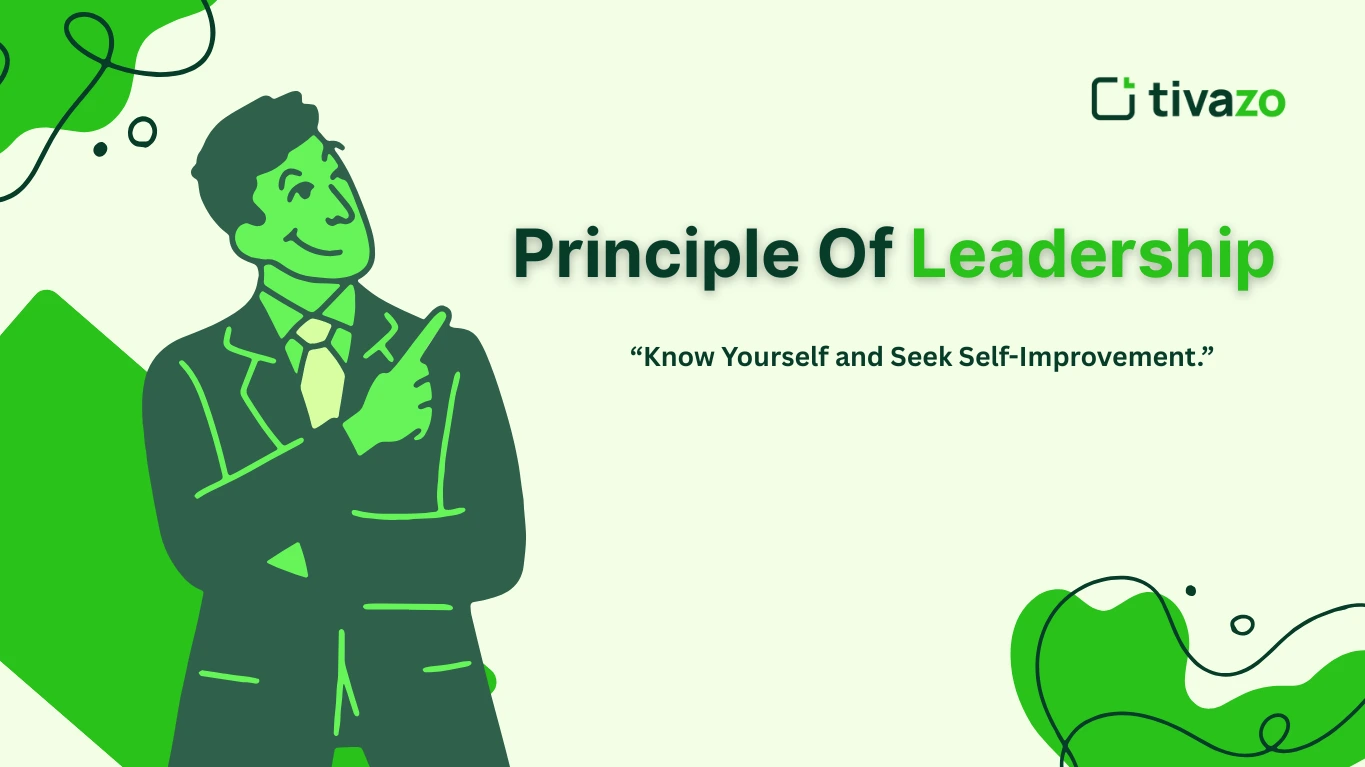In the competitive climate of modern business, the quality of an organization’s leadership is fundamental to its success. Leadership development is not merely about identifying potential managers and pushing them into those roles. Instead, it’s creating a mindset of growth, accountability, and future-oriented vision. In this blog, we will look at why developing leaders is so important to organizational success and some practical approaches for developing and building strong leaders who can lead in a successful direction.
Leadership development also contributes to employee retention and satisfaction. Employees are far more likely to remain excited and engaged in their work for an organization that invests in their development and provides pathways to advance in an organizational role. Cultivating future leaders ultimately builds an organization where they have a positive work culture, a sense of community, loyalty, and hopefully a foundation for future sustainability and success.
Key Highlights:
- Understanding Leadership Development
- Role of Leadership in Organizational Success
- Strategies for Developing Leaders
- Recognize Leadership Potential in Your Team
- The Power of Mentorship in Developing Leaders
Understanding Leadership Development
Leadership development involves the development of the skills, knowledge, and traits of individuals who are in leadership positions or who want to develop into leaders. Whereas management objects are about leading in roles of authority, leadership development involves fostering a mindset to inspire and lead others, motivate innovative change, and also develop confidence in addressing challenges.
Leadership development can come in many forms as programs that develop formal training, a mentor or manager, or hands-on experience. Leadership development is not about simply giving people authority; it is about giving them the tools and the mindset to lead teams, communicate, and work toward organizational goals.
The Role of Leadership in Organizational Success
Developing leaders is at the heart of every successful organization. Leaders lead teams, participate in strategic decision-making, and can develop a positive culture. When leadership is effective, teams are engaged and motivated, innovative in their work, and consistently aligned to the organization’s vision.
Leaders are the ones who can translate ideas into action, take on problems in their path head-on, and lead change. Developing leaders in your organization will allow your company to have the right people in the right place and develop adaptive ability into problem-solving and lead with intention into the future, today, and tomorrow.
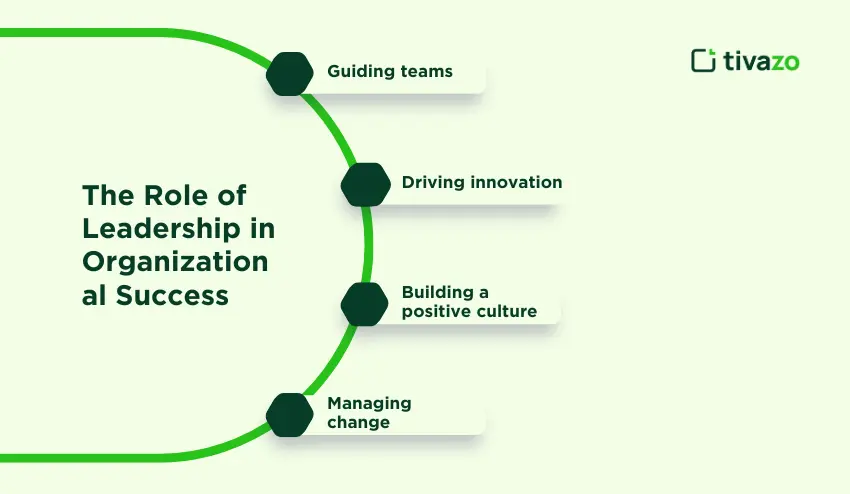
- Guiding teams: Leaders provide a sense of direction, define objectives, and align their teams toward those objectives.
- Driving innovation: Developing leaders inspire innovative thinking and encourage the team to innovate and consider ideas and solutions that may be outside of the norm.
- Building a positive culture: Leadership is critical to shaping the culture of an organization that embraces collaboration, trust, and accountability.
- Managing change: Good leaders make sure the organizations change with upcoming new trends, new technologies, and shifts in the marketplace.
5 Proven Strategies for Developing Leaders
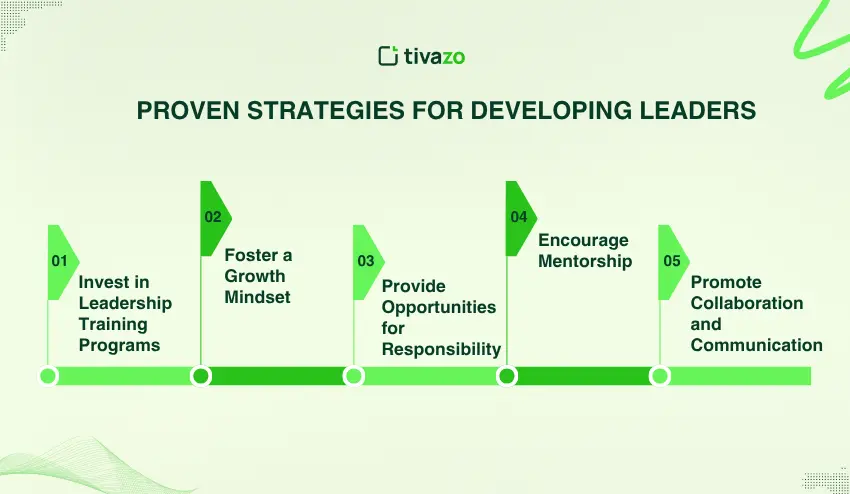
1. Invest in Leadership Training Programs
When you invest in formal leadership training for your employees, they gain essential skills and frameworks to help them be developing leaders. The training can focus on areas such as communication, conflict resolution, strategic thinking, etc. By providing an organized way for employees to engage in learning, you are ensuring the employee is prepared to move into a leadership position with a solid knowledge base.
- Although they may be similar, leadership training programs will develop critical skills.
- Provides an organized system for development.
- Prepares employees for short and long-term leadership roles.
- Instills confidence in new leaders.
2. Foster a Growth Mindset
Promote a growth mindset across the team. When employees feel they can grow their capabilities with learning and effort, they are more likely to take on leadership challenges and opportunities with excitement. A growth mindset improves not only the individual capabilities but also supports resilience and continuous improvement for the organization.
- Builds resilience to challenges.
- Supports continuous learning and improvement.
- Supports self-efficacy when setbacks occur.
- Creates a positive, growth-centric culture for the organization.
3. Provide Opportunities for Responsibility
Giving individuals responsibilities is a great way to let team members practice decision-making and leadership in real situations. As individuals take on more responsibilities, individuals will feel confident in their capabilities. Providing individuals opportunities on projects to take the lead gives them real leadership skills and prepares them for other leadership positions..
- Provides on-the-job skills in leadership.
- Builds confidence and decision-making capability.
- Helps the employee appreciate the complexities of leadership roles.
- Provides training for future levels of responsibility
4. Encourage Mentorship
Emerging leaders paired with experienced mentors will accelerate the developmental process. Mentors offer valuable guidance, wisdom, and feedback that can facilitate the mentee’s current and future development quickly and effectively. Mentoring also establishes solid relationships within the organization, which can invariably lead to feelings of belonging and support.
- Provide value for both the mentor and mentee, as they will have a valuable learning opportunity through one-on-one engagement.
- Build relationships within the team.
- Share knowledge and wisdom.
5. Promote Collaboration and Communication
An effective leader knows how to communicate with their team. Developing leaders requires encouraging collaboration. Leaders need to know their team’s strengths and weaknesses and establish a culture of communication. When communication is transparent, you can be confident that leaders can address issues and align team goals.
- Encourages collective effort and reciprocal advancement
- Develops strong communication skills in future leaders
- Encourages a collaborative work environment
- Strengthens conflict resolution and problem-solving skills.
How to Recognize Leadership Potential in Your Team
It’s an essential part of developing a talent pipeline to identify future leaders in your team. There are many associations of leadership with a formal leadership title. Great leaders can rise from unexpected places. Leadership is not about a title or assigned role. Leadership is the way in which one inspires, influences, and guides others, regardless of their level. Recognizing leadership potential early allows someone to foster and develop those individuals to lead from the position in the future. Demonstrating leadership may appear in other ways, and sometimes leading by example is the most powerful leadership.
These are some qualities to consider when looking at leadership potential:
- Initiative: A leader is someone who acts without being asked to. They can recognize areas for improvement and dive into a new challenge. Because they are confident enough to act on their own, they show the capability of taking on additional responsibility and making decisions for the team. More than merely acting, people displaying initiative often demonstrate a propensity for thinking ahead instead of reacting, and are often the first to introduce new ideas or changes that enhance the team’s work.
- Effective Communication: A potential leader has the capability of clearly presenting their ideas to an audience, listening to others, and resolving conflicts. Those with strong communication skills are pivotal in describing and implementing a team’s vision to motivate others. They also position themselves to encourage other members of the team to voice their opinions and concerns, which foster trust and collaboration.
- Problem-solving skills: A key skill of developing leadership is trying to make sense of difficult situations and seeking to address them. developing leaders embrace problems as opportunities for growth and are practiced at breaking down difficult situations to manageable components. A potential leader will bring creative ideas and perspectives to a problem, a skill that is valuable to the team.
- Emotional intelligence: Leaders with emotional intelligence recognize their emotions and the emotions of others to develop solid relationships. This skill is necessary for managing difficult conversations, dealing with high-stress situations, and motivating their teams. Leaders with high emotional intelligence allow future leaders to empathize with team members and lead with compassion, thus creating an inclusive work environment.
The Importance of Continuous Learning for Leaders
Excellent leaders know that learning is a continuous venture. Leadership isn’t a one-time development opportunity; it is a lifelong dedication to learning and development opportunities.
By encouraging a culture of continuous learning, organizations can support their leaders in being relevant, adaptable, and effective. This includes putting the leadership into leadership development, leadership training, or inviting leaders to attend training as cross-departmental learning opportunities, and fostering mentoring.
Leadership competencies are transferable, and each industry adapts differently; thus, organizations need to support their leaders in a culture of learning so that their leaders are always developing themselves to help respond to emerging trends and technologies that lead to new work challenges.
Overcoming Challenges in Leadership Development
Although developing leaders is important, it is not without challenges. Below are a few common challenges and how to overcome them.
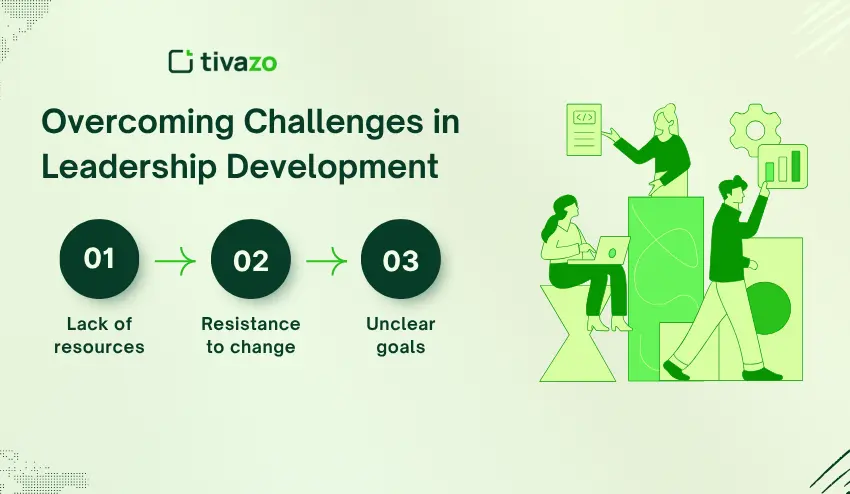
- Lack of resources: Not all organizations have the budget to offer formal leadership development programs. But you may be able to develop other, less-expensive alternatives, such as a workshop in-house or peer mentoring.
- Resistance to change: Some employees may be uncomfortable taking on a leadership role for fear of failure or because they lack confidence. You may be able to work around this issue by mentoring or creating a safe and sound environment.
- Unclear goals: Leadership development can lose sight without clear outcomes. Make sure you have specific outcomes you want to achieve such as, improving team performance, or driving innovation.
Investing in Leadership Training Programs
Providing structured training programs is one way to develop leaders effectively. Leadership development courses teach important skills such as strategic thinking, performance management, and conflict management. In addition, these programs may include areas like conflict management and decision-making so your team members feel they have the expertise to lead effectively and with confidence.
- Teaches essential leadership skills: Courses are focused on leadership skills including strategic thinking, communication and engagement and conflict resolution.
- Improves decision-making: Participants learn how to make effective decisions on a deadline and make informed decisions under stress.
- Develops team dynamics understanding: Leadership training give future leaders an understanding of how to manage different personality types and help the team work together.
- Boosts performance management: Leaders can know that they have some tools to manage and assess team performance, which will ultimately improve business success.
- Increases confidence: Structured learning can make the team member feel like they have increased capability, and feel more prepared to take on a leadership position.
The Power of Mentorship in Developing Leaders
Mentorship is one of the most effective tools to develop leaders. When employees develop a mentorship relationship with someone, they now have someone to provide them with insight, advice and encouragement. A mentor is able to provide guidance related to the challenge the leader is facing, provide some constructive feedback, and will share mentoring experiences that can expedite their leadership learning experience.
Creating an effective mentorship program within your organization will support individual growth at all levels, for all leaders.
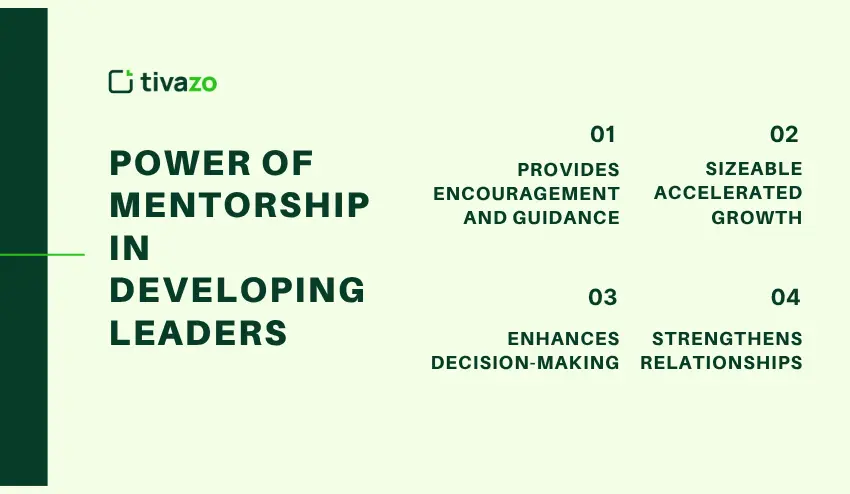
- Provides encouragement and guidance: Mentors provide mentorship and help the mentee understand how to deal with challenges they face while taking on a leadership role.
- Sizeable accelerated growth: Mentorship allows leaders-in-training to grow faster, by operationalizing their learning through their mentor’s experience and perspective.
- Enhances decision-making: Mentorship drives critical thinking through feedback and multiple perspectives while improving decision-making.
- Strengthens relationships: One way that mentoring strengthens relationships is by solidifying healthy and trusting partnerships that support personal and professional growth.
Encouraging a Growth Mindset in Your Team
A growth mindset is the belief that talent and intelligence can be developed through effort, which builds leadership skills in your employees. Encouraging employees to have a growth mindset helps them with the ability to take risks, accept their mistakes, and demonstrate a willingness to go beyond their comfort zones. This is critical for development because great leaders are often just lifelong learners.
Encouraging this mindset will provide an atmosphere where employees are more likely to step out of their comfort zone, take risks, grapple with setbacks, and learn productively from feedback. Being willing to adapt to change and learn growth helps them to not only build common leadership capabilities, but also become more effective contributors towards the success of the organization. With their growth, your team is capable of leading with confidence and innovating workplace practices.
Conclusion
Building leaders in your organization reliably generates more than building role placement- it generates a living culture of growth, accountability, and vision. Investing in leadership development will position your team to create, challenge, examine, inspire others, and be the engines that the company requires to thrive. Through acknowledging potential as a leader, propelling their growth, and giving them learning opportunities, you can develop the leaders of your organization’s future.

